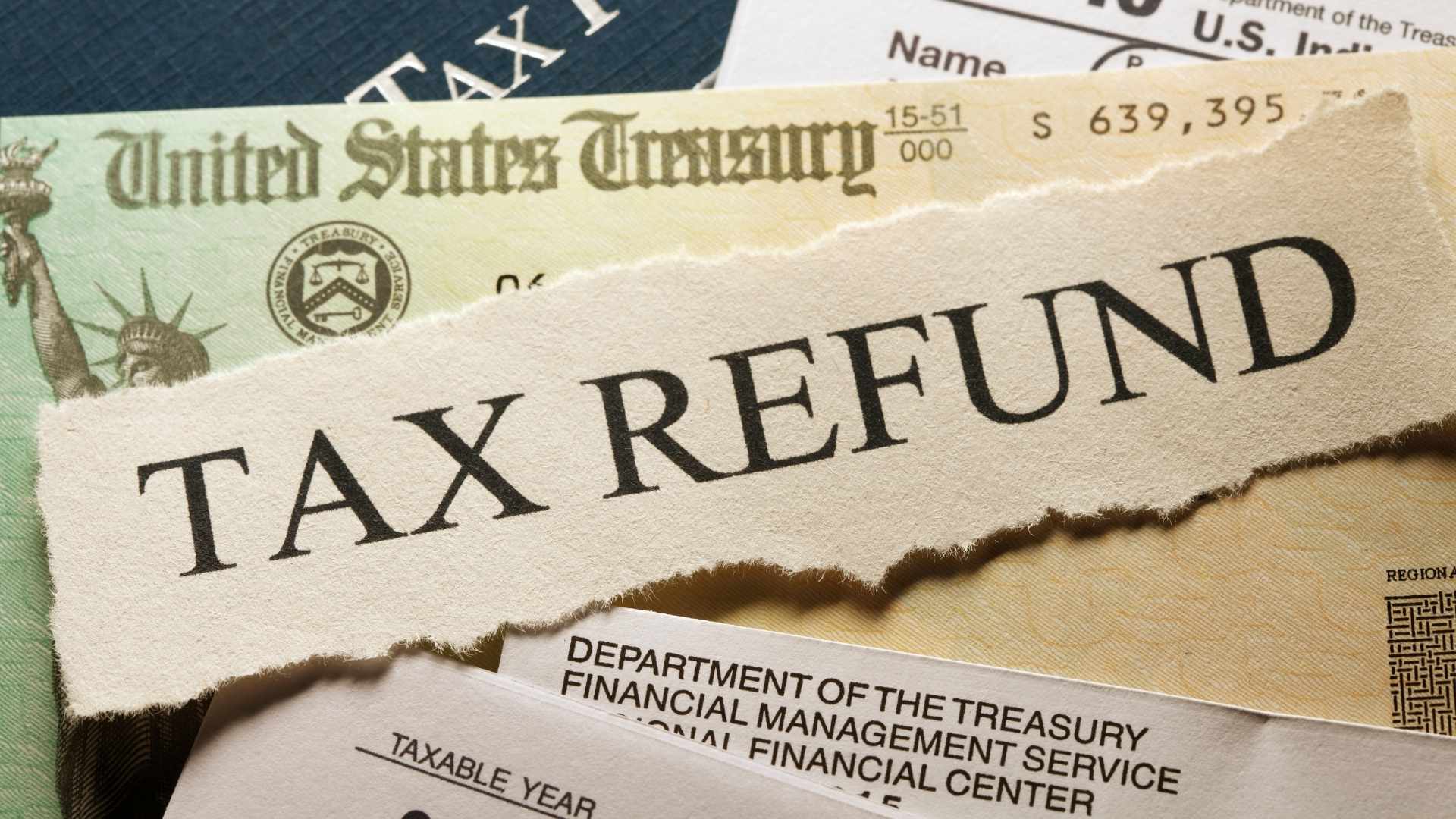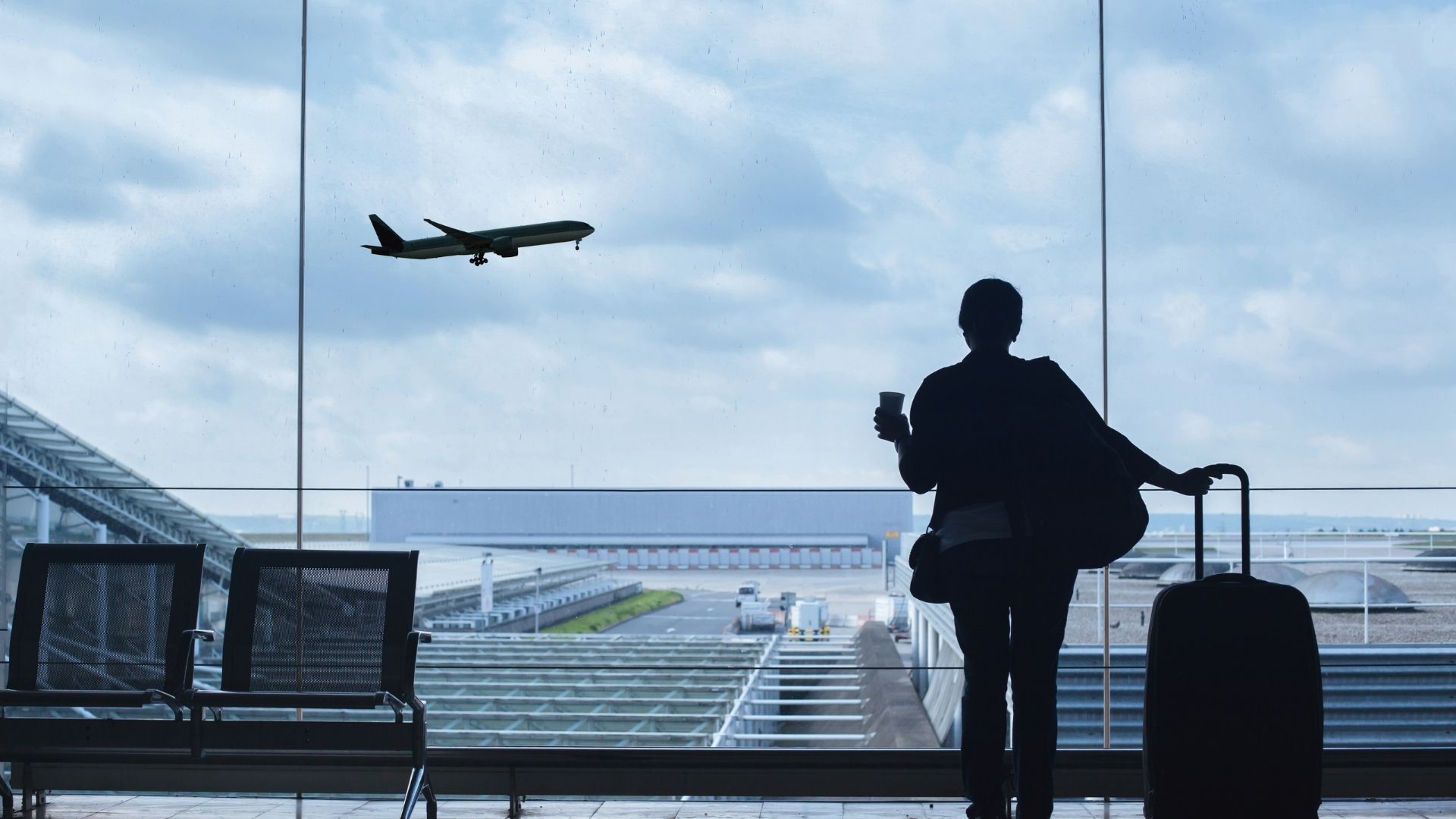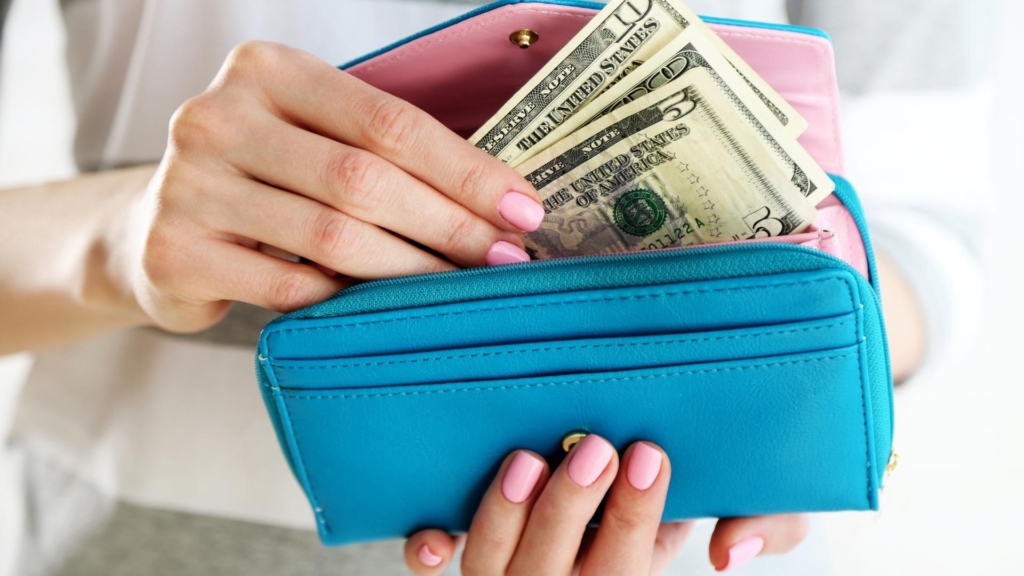You’ve just come back from an unforgettable trip.
Your suitcase is heavier, your camera roll is full… and your bank account looks like it survived a natural disaster.
Before you swear off travel or start calculating how many instant noodles you’ll be eating for the next two weeks, take a breath — because what if I told you that you might still have money left on the table?
That’s right. Hidden in every trip are opportunities to get cash, credits, or refunds that most travelers completely overlook. You just need to know where to look — and how to ask for it.
Here are 7 smart hacks seasoned travelers use to get money back after their trips abroad, whether you’ve just come home from Portugal, Thailand, or Tokyo.
1. The Forgotten Goldmine: Tax Refunds for Tourists
If you bought clothes, electronics, or souvenirs abroad, you might be eligible for a VAT refund — short for Value Added Tax.
Europe, in particular, is famous for this system. You pay tax at the time of purchase, but as a non-resident, you can claim it back when you leave the country.
The catch? Most travelers forget or assume it’s too complicated.
Here’s how it works (the smart-traveler version):
- Always ask at the store if they offer tax-free shopping.
- You’ll fill out a short form (takes 2 minutes).
- When you leave the country, get it stamped at customs.
- You can get your refund in cash or credited back to your card.
Even a small amount adds up — 10% here, 15% there — and suddenly you’ve got enough for a fancy dinner or a new piece of luggage.
Pro tip: Focus on larger purchases like clothing, accessories, or gadgets — the bigger the spend, the bigger the refund.

2. The Credit Card Trick No One Talks About
Your travel credit card might be quietly sitting on a secret benefit — purchase protection and travel insurance reimbursements.
Many cards automatically cover things like:
- Delayed flights or lost luggage
- Hotel overcharges
- Damaged items you bought abroad
But here’s the thing: you have to file a claim to get that money back, and most people never do.
It’s worth checking your card statement for charges that didn’t go as planned. Was your flight delayed more than three hours? You might qualify for compensation. Was your hotel not as advertised? That could be a claimable expense too.
These reimbursements can range anywhere from $50 to $500 depending on the situation — and the best part? The money comes straight back to your card.
3. The “Dynamic Currency” Trap — and How to Undo It
If you used your card abroad, you might have noticed that some machines or stores ask:
“Would you like to pay in your home currency or local currency?”
Most travelers pick home currency thinking it’s safer.
Big mistake.
That little choice — called Dynamic Currency Conversion (DCC) — often adds a sneaky 3–6% fee to your transaction.
But here’s the hack: you can dispute those extra charges with your card provider once you’re home. Many banks will refund or credit you if you explain that DCC was applied without clear consent or at an unfair rate.
It’s a long shot, but frequent travelers have been known to get back hundreds this way, especially after long trips.
Bonus tip: Next time, always choose local currency when paying abroad. It keeps the exchange rate fair and avoids extra bank fees.
4. Turn Foreign Cash Back Into Cashflow
Remember that handful of foreign coins and bills you tossed into a drawer when you got home? That’s money — not souvenirs.
And it adds up.
There are two smart ways to get it back:
Option A: The Smart Saver Method
If you travel often, set aside a small pouch for leftover currency. Use it on your next trip to the same region (like euros across Europe or pesos across Latin America).
It’s practical and keeps you from withdrawing tiny amounts at foreign ATMs — which always come with hefty fees.
Option B: The Cash-Back Method
If you don’t plan on going back, exchange your leftover cash at home. Some currency exchanges or banks take even small bills, though the rates vary.
And if you want to get creative, use airport donation boxes before departure — some charities let you write off the donation for tax purposes.
Either way, you’re turning what most travelers throw away into something valuable — either savings or goodwill.
5. The Airline Refund Loophole
This one’s huge, and very few people know about it.
If your flight was delayed, canceled, or rescheduled — even slightly — you may be entitled to compensation or partial refunds.
It’s not just about long delays. Many airlines owe partial credits for:
- Overbooked flights
- Lost luggage
- Seat downgrades
- Sudden schedule changes
And if you upgraded your seat or paid for extras (like Wi-Fi or seat selection) and didn’t get them, you can request a refund directly.
Yes, even after the trip.
Most airlines have refund forms that can be filed weeks later — you just need your booking number and flight details. And while some may only offer travel credit, it’s still free money for your next getaway.
Pro traveler tip: Keep all your flight confirmation emails and boarding passes for at least a month after your trip. They’re your ticket (literally) to potential reimbursements.

6. Check Your Subscriptions — You Might Be Paying for Nothing
This is one of those sneaky “after-travel” money drains no one talks about.
When planning your trip, you might have subscribed to a few things “just for the vacation”:
- Airport lounge access apps
- International eSIM plans
- Travel Wi-Fi rentals
- Premium map or translation apps
Guess what? Many of these auto-renew after the trip — quietly.
Take 10 minutes to comb through your email receipts or card statements for the last two months. Cancel or request refunds for anything that charged you again.
Some companies are surprisingly generous when you explain it was accidental. Even partial refunds are worth it.
It’s not just about saving — it’s about plugging leaks.
Travelers who do this once after every trip often find $50–$200 in accidental renewals they can reclaim.
7. The “Experience Refund” You Didn’t Know Existed
Here’s the most underrated one — and it’s almost fun.
Let’s say you booked a tour, rental, or experience abroad that didn’t live up to the hype. Maybe your “sunset cruise” was cloudy and cold, your “boutique hotel” had no hot water, or your “skip-the-line” pass had… a line.
Most travelers just shrug and move on. But smart travelers? They politely ask for partial refunds.
Tour operators, Airbnb hosts, and even big booking platforms often offer compensation if you explain your experience calmly and provide details. It doesn’t need to be dramatic — just honest.
You’d be surprised how often you’ll get:
- Partial credit for future bookings
- A discount on your next trip
- Or even a cash refund for part of the cost
It’s not about being demanding — it’s about fairness. And companies prefer giving partial refunds to getting negative reviews.
Bonus Tip: Audit Yourself Like a Travel CFO
Think of your post-trip week as your “money recovery mission.”
Here’s a checklist to make it easy:
✅ Review your flight and hotel charges — check for duplicate or “pending” holds.
✅ Look for any refunds owed (flights, tours, purchases).
✅ Scan your credit card for foreign transaction fees — dispute any errors.
✅ Check subscriptions and auto-renewals.
✅ Set aside leftover cash and receipts for future reference.
You’ll be amazed how much adds up.
Even a small recovery — $20 here, $40 there — is still your money. And when you add it up over multiple trips, it can easily cover your next flight or weekend getaway.
Travel Is About Freedom — and So Is Financial Awareness
The truth is, getting money back after your trip isn’t just about being frugal — it’s about being empowered.
Every refund, every small reimbursement, every euro you reclaim is a little act of travel mastery. It’s proof that you’re not just a tourist anymore — you’re a traveler who knows how the system works.
And the best part? Once you start doing this, you’ll plan your next trips differently. You’ll keep receipts, pay attention to small details, and recognize opportunities to save before they slip away.
It’s the difference between spending your trip and owning it.
Final Thoughts: Don’t Let Your Vacation End at the Airport
Your trip may be over, but your savings journey doesn’t have to be.
Traveling smart isn’t just about how you book your flights or where you stay — it’s about how you close the loop when you return home.
From VAT refunds to credit card perks, unclaimed airline credits to subscription reimbursements, there’s a small fortune hiding in plain sight after every adventure.
So unpack your bags, make a cup of coffee, and spend an hour hunting for those post-trip paybacks.
You’ll thank yourself when your next travel fund magically starts to refill — no side hustle required.
Because the best souvenir you can bring home from any trip… is a little extra cash in your pocket.
- 7 Hacks to Get Some Money Back After Your Trip Abroad — Even When You Think You’ve Spent It All - October 13, 2025
- 5 European Recipes to Impress Your American In-Laws — Even If You’re Not a Chef - October 13, 2025
- 10 Banking Tips Every Expat Must Know: How to Keep Your Money Safe, Accessible, and Working for You Abroad - October 13, 2025




